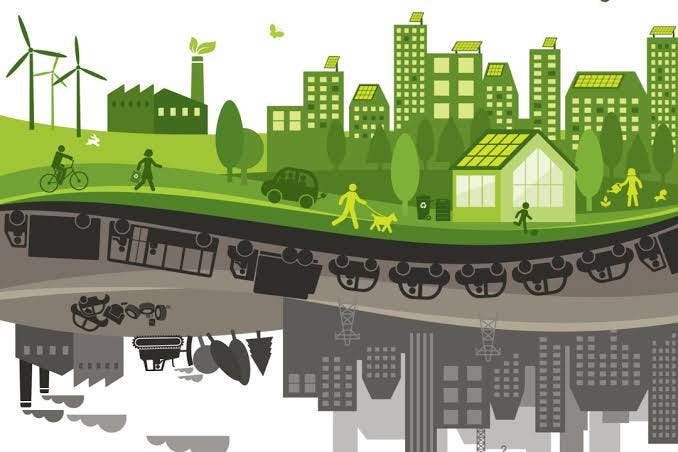Sustainable construction practices are essential for minimizing the environmental impact of building projects and promoting a greener future. Here are some key practices that contribute to sustainable construction:

1. Energy-Efficient Design
Designing buildings with energy efficiency in mind is a cornerstone of sustainable construction. This includes optimizing the building’s orientation, insulation, and windows to reduce energy consumption for heating, cooling, and lighting. Incorporating passive solar design, natural ventilation, and daylighting can significantly reduce the building’s energy demand.
2. Renewable Energy Systems
Integrating renewable energy systems, such as solar panels, wind turbines, and geothermal heating, into building projects helps reduce reliance on fossil fuels. These systems provide clean, sustainable energy and can often produce surplus energy that can be fed back into the grid.
3. Sustainable Building Materials
Choosing sustainable building materials is crucial for reducing the environmental footprint of construction. This includes using recycled, reclaimed, and locally sourced materials, as well as materials with low embodied energy. Examples include reclaimed wood, recycled steel, and eco-friendly insulation.
4. Water Conservation
Implementing water conservation measures in building design and operation is essential for sustainable construction. This includes installing low-flow fixtures, rainwater harvesting systems, and greywater recycling. Landscaping with drought-resistant plants and using permeable paving materials can also help reduce water consumption.
5. Waste Reduction
Reducing, reusing, and recycling construction waste is a key aspect of sustainable construction. This involves careful planning to minimize waste generation, reusing materials whenever possible, and recycling waste materials. Construction waste management plans help ensure that waste is handled responsibly.
6. Indoor Environmental Quality
Enhancing indoor environmental quality contributes to the health and well-being of building occupants. This includes using non-toxic materials, improving ventilation, and controlling moisture to prevent mold growth. Designing for natural light and incorporating green spaces also enhance indoor environmental quality.
7. Green Building Certifications
Pursuing green building certifications, such as LEED (Leadership in Energy and Environmental Design) or BREEAM (Building Research Establishment Environmental Assessment Method), ensures that buildings meet high standards of sustainability. These certifications provide guidelines and benchmarks for sustainable construction practices.
8. Lifecycle Assessment
Conducting a lifecycle assessment (LCA) of building materials and systems helps identify their environmental impacts from production to disposal. LCA enables builders to make informed choices about materials and construction methods that minimize environmental impact throughout the building’s lifecycle.
9. Sustainable Site Development
Developing sites sustainably involves minimizing disruption to the natural environment and preserving existing ecosystems. This includes protecting soil and water resources, preserving native vegetation, and designing for stormwater management. Sustainable site development promotes biodiversity and reduces the environmental impact of construction.
10. Community Engagement
Engaging with the local community and stakeholders in the planning and development process ensures that sustainable construction practices align with community needs and values. This includes considering social and economic impacts, promoting local employment, and supporting community initiatives.
In conclusion, sustainable construction practices are essential for reducing the environmental impact of building projects and promoting a greener future. By incorporating energy-efficient design, renewable energy systems, sustainable materials, and water conservation measures, builders can create environmentally friendly buildings that contribute to the health and well-being of their occupants and the planet. Sustainable construction is not only a responsible choice but also a smart investment in the future.

